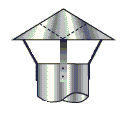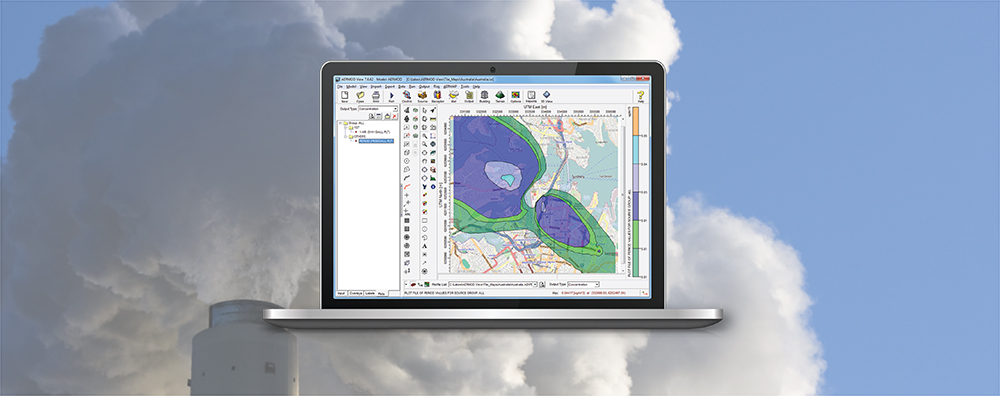Air dispersion models typically have a variety of source types that can be used to represent sources of emissions. One of the most common source types is the point or stack release. Characterized by a well-defined exhaust point with buoyancy (via a defined exit temperature) and vertical momentum (calculated using the diameter of the release point and exit velocity), the point source is probably the most common source type employed in air dispersion modeling.
One limitation to the point source implementation in AERMOD was that it assumed a fully vertical release. Many industrial applications include stack exhausts with modified characteristics, however. These include stacks featuring caps or coverings and those that release horizontally (e.g., from the side of a building).

Example of a capped stack release point
Several years ago, AERMOD was updated by the US EPA to include options for modeling capped and horizontal stack releases, and we published a Modeling Tip on capped releases.
Since that time, further updates to the AERMOD model have permitted these sources to be used in the regulatory default model setup.
Using the latest release of AERMOD View (currently Version 9.9.0), all point sources have a Release Type setting. Use this drop-down menu to choose “Vertical”, “Capped”, or “Horizontal” to identify the stack’s orientation.

From there, input the actual stack parameters and AERMOD will internally modify the source parameters to account for the proper source setup.


